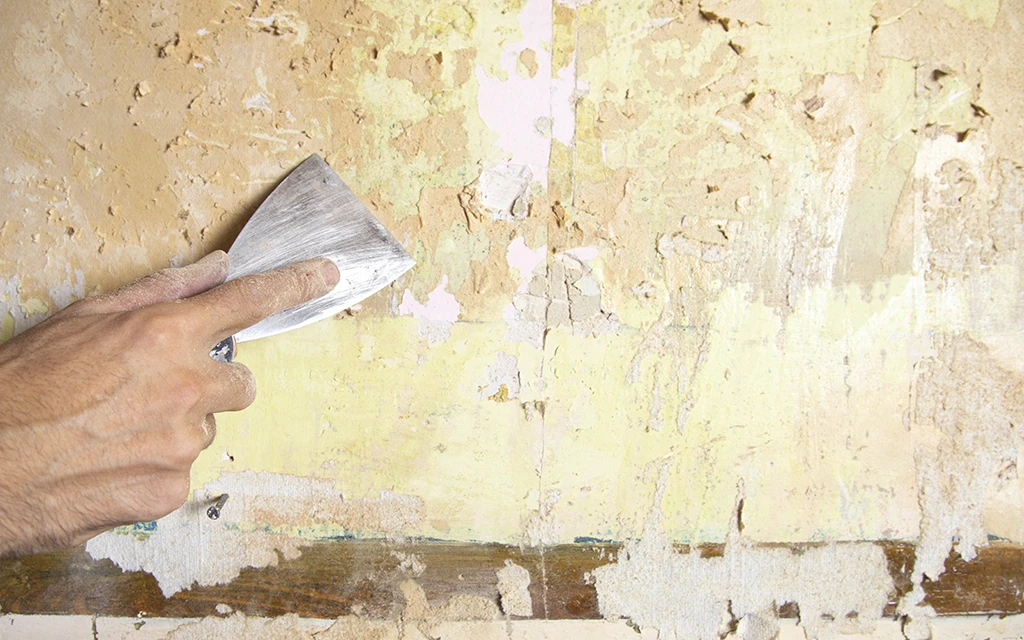Interior painting is often seen as a purely cosmetic upgrade. A way to refresh a space, modernize your color palette, or make a room feel cleaner. But what many homeowners don’t realize is that paint actually plays a functional role in protecting the walls beneath it.
When that layer of paint becomes worn, chipped, or starts to peel, you’re not just looking at a visual issue; it’s an early sign of damage that can affect the integrity of your walls.
Here’s how neglecting a worn-out paint job can lead to bigger problems behind the scenes.
1. Peeling paint can expose drywall and plaster
When paint peels away, it often exposes the porous material underneath. Whether your walls are made of drywall or plaster, this exposure makes them vulnerable to moisture, dust, and other environmental elements.
Even in areas that don’t get direct water contact, humidity can seep in, weakening the structure of your wall over time.
2. Moisture intrusion can lead to mold growth
Paint acts as a thin barrier, especially in areas like kitchens, bathrooms, or laundry rooms. Once that layer is compromised, moisture can enter and settle inside your walls. This creates the perfect breeding ground for mold, mildew, and bacteria, all of which can pose health risks and require constant maintenance.
3. Cracked paint often signals deeper structural issues
If you notice large cracks forming in your interior paint, especially near windows, corners, or ceilings, it could be a symptom of shifting drywall or settling foundations. Ignoring these cracks can allow them to widen or deepen, eventually requiring drywall repair or joint taping along with repainting.
4. Chipped paint can be an entry point for pests
It sounds dramatic, but even small chips in the paint can create an entry point for insects, particularly in older homes where insulation may already be compromised. Some pests burrow into walls or nest in crevices, causing even more damage over time.
5. Damaged paint leaves your home looking neglected
Even if the underlying wall isn’t immediately affected, chipped or peeling paint gives your home a run-down appearance. This can affect your mood, your guests’ impression, and even your home’s value, especially if you plan to sell or rent the property.
6. The repair costs multiply quickly
Let’s say a few chips and cracks appear now. You ignore them. Fast-forward 12 months, and now you’re dealing with:
- Wall patching
- Mold treatment
- Recaulking windows or baseboards
- Re-priming and repainting
What could’ve been a simple repainting now requires multiple steps, more time, and a bigger investment.
What you can do about it:
You don’t need to wait for things to get worse. Here’s how to get ahead of wall damage:
- Inspect your walls seasonally, especially in high-moisture areas.
- Schedule a repaint every 5–7 years, depending on the room’s use and exposure.
- Address any peeling, bubbling, or flaking paint immediately.
- Choose high-quality paint and finishes that match the needs of each room
Ready to restore and protect your walls?
At Deluxe Home Art Improvement, we do more than paint walls. We protect them.
Our expert team inspects, preps, and paints with precision, ensuring your home looks beautiful and stays structurally sound for years to come. Don’t let a small issue become a major repair.

